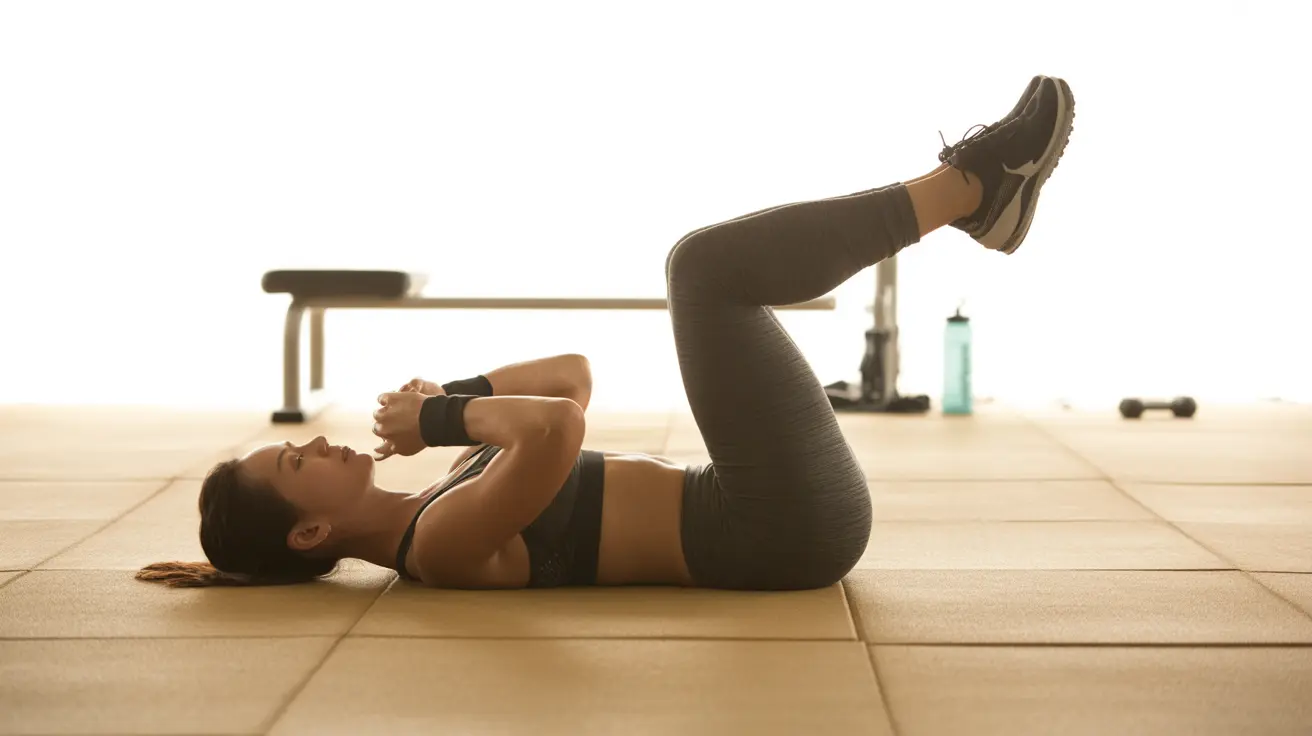The gluteus medius is a crucial hip muscle that plays a vital role in maintaining stability, balance, and proper movement patterns. Whether you're an athlete looking to enhance performance or someone experiencing hip discomfort, understanding and strengthening this essential muscle can significantly impact your overall mobility and well-being.
In this comprehensive guide, we'll explore effective exercises to target the gluteus medius, discuss proper form, and explain how these movements can help prevent common issues like lower back pain and knee problems.
Understanding the Gluteus Medius Muscle
The gluteus medius is a fan-shaped muscle located on the outer surface of your hip. It's responsible for hip abduction (moving your leg away from your body's midline) and internal rotation of the hip joint. This muscle is essential for maintaining proper pelvis alignment during walking, running, and single-leg activities.
Signs of Gluteus Medius Weakness
Identifying weakness in your gluteus medius is the first step toward improvement. Common indicators include:
- Hip dropping during single-leg stance
- Knee pain, particularly while running or climbing stairs
- Lower back discomfort
- Unstable feeling during walking or running
- Inner knee collapse during squats or landing movements
Essential Gluteus Medius Exercises
Side-Lying Hip Abduction
This foundational exercise effectively targets the gluteus medius:
- Lie on your side with legs stacked
- Keep your top leg straight and lift it toward the ceiling
- Maintain proper alignment by keeping your hips stacked
- Perform 3 sets of 12-15 repetitions on each side
Standing Hip Abduction
This functional exercise helps improve balance while strengthening the gluteus medius:
- Stand beside a wall for support if needed
- Slowly lift your leg out to the side while maintaining an upright posture
- Keep your toes pointing forward
- Complete 3 sets of 12-15 repetitions per side
Clamshell Exercise
This exercise isolates the gluteus medius while maintaining hip stability:
- Lie on your side with knees bent at 45 degrees
- Keep feet together while lifting your top knee
- Maintain contact between your feet throughout the movement
- Perform 3 sets of 15-20 repetitions each side
Progressive Training Techniques
As your strength improves, incorporate these advanced variations:
- Add resistance bands to basic exercises
- Include single-leg squats and lunges
- Perform lateral band walks
- Progress to dynamic movements like side planks with leg lifts
Frequently Asked Questions
What are the best exercises to strengthen the gluteus medius muscle for hip stability?
The most effective exercises include side-lying hip abductions, clamshells, standing hip abductions, and lateral band walks. These movements specifically target the gluteus medius while maintaining proper form and muscle engagement.
How can strengthening the gluteus medius reduce lower back and knee pain?
A strong gluteus medius helps maintain proper hip alignment and pelvic stability, which reduces stress on the lower back and knees. This improved stability prevents compensatory movements that can lead to pain and injury.
What signs indicate weakness in the gluteus medius muscle?
Common signs include hip dropping while walking (Trendelenburg gait), knee pain during activities, difficulty maintaining balance on one leg, and lower back pain. You may also notice your knees collapsing inward during squats or lunges.
How often should I do gluteus medius exercises to improve balance and prevent injury?
Perform gluteus medius exercises 2-3 times per week, allowing at least one day of rest between sessions. Each session should include 3 sets of 12-15 repetitions for each exercise, focusing on proper form and controlled movements.
What precautions should I take to avoid injury while doing gluteus medius strengthening exercises?
Start with basic exercises and focus on proper form before adding resistance or complexity. Avoid pushing through pain, maintain proper alignment throughout movements, and progress gradually. If you experience persistent pain, consult a healthcare professional.




